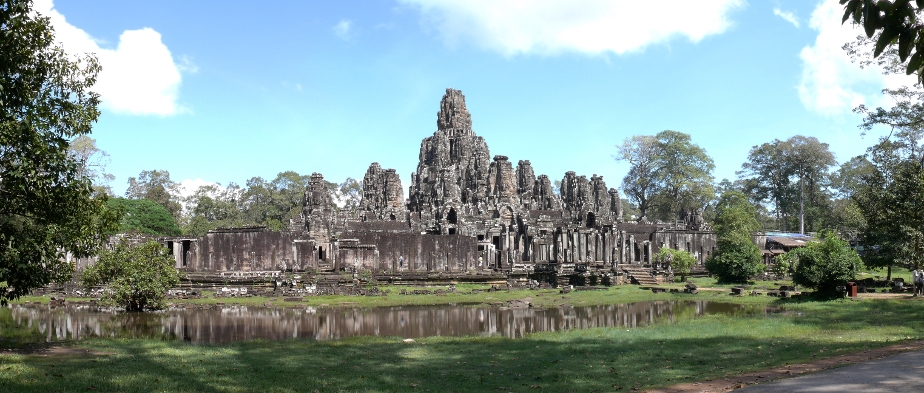Khmer Temple: Architecture and Icons
-
|
09 Apr
12 Apr
2019
|
Southeast Asian Art and Architecture
|
|
Olivier Cunin
|

The set of four lectures is an overview and analysis of art, architecture, and iconography of some of Cambodia’s most important temples. The series begins with a lecture focused on the development of the Khmer temple from 8th to the 13th century, which incorporated Indian architectural treatises, but created original compositions such as 'Mountain temple' or Mount Meru in Khmer architecture.The second lecture discusses Prasat Thom and Banteay Srei, the two emblematic Shaiva temples of 10th century. The lecture highlights the salient features that Khmer architects excelled in, differing from the Indic models. The third lecture explores the role of Bayon style Mahayana Buddhist temples (built during the end of 12th and 13th century) in Angkorian history. Based on recent scientific research, it highlights the major features and the relative chronology of Bayon style temples. The final lecture moves to the early 13th century Mahayana Buddhist state temple, the Bayon, built by Jayavarman VII, and analyses its unique architecture of face towers, the divine population of the temple as well as the later Shaiva and Theravada adaptations of the temple as evident in its decoration and architecture.
Duration -
April 9, 10, 11, 12, 2019
Timing: 6:00 - 8:00 PM
Fees
Rs. 3,000 (For a 50% student discount, write to info@jp-india.org)
Registrations Closed

Olivier Cunin
Olivier Cunin is a qualified architect and holds a PhD in architecture. Since 1997, he has been researching the Khmer monuments, especially the Bayon style (end of the 12th century – beginning of the 13th century) by applying the methods of building archaeology and the scientific techniques of archaeometry. His 2004 thesis ‘From Ta Prohm to Bayon’ compared the architectural history of the Bayon style monuments. The chronology sequence for each monument built in Cambodia and Thailand in the Bayon style was developed on the basis of the mineral skeletons of the temples. In 2008 Cunin worked as a consultant for the Swiss team to design the permanent exhibition and interpretation centre at Banteay Srei. Since 2009, he is engaged with the virtual reconstruction of several Bayon style monuments and has received a prestigious fellowship from Centre for Khmer Studies (CKS) for the same. Along with co-authoring books on the most emblematic monuments of Banteay Chhmar (2005), The Bayon Temple (2007) and Preah Khan of Angkor (2011) he has published several research papers